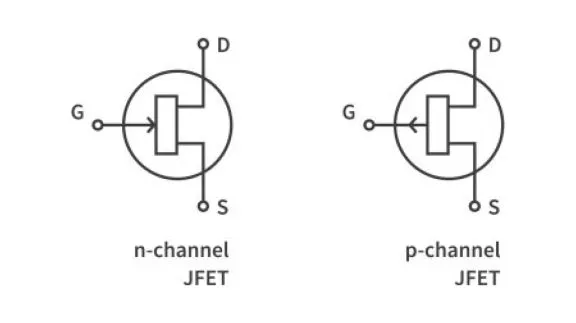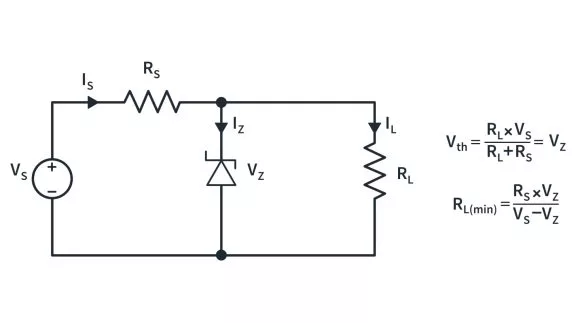How does a diode work? (Part 3 - Reverse Bias)
Published
The last time we discussed diodes, we learned about its basic structure and how forward biasing allows current through the pn junction. This time, we are going to discuss about how to operate diodes in reverse bias and see why it blocks the current.
Reverse Bias

If you remember, the negative side of the external bias voltage must be connected to the n region and the positive side to the p region in order for a diode to be forward-biased. Now, for a diode to be reverse-biased, the external bias voltage must be connected opposite of how it was connected to a diode in forward bias condition. So the positive side is connected to the n region while the negative side is connected to the p region.

In this case, the free electrons, which are the majority carriers in the n region, are pulled by the positive side of the external bias voltage creating more positive charges near the pn junction. The same thing happens in the p region. The holes, which are the majority carriers, are pulled by the negative side of the external bias voltage and more negative charges are being created near the pn junction. This results in a widening of the depletion region and increase in strength of the electric field between the positive and negative charges until the potential across the depletion region is the same as the external bias voltage.

Energy diagram at Reverse Bias condition

If we try to look at the energy diagram in reverse bias condition, we’ll see that the depletion region has now become wider and the energy hill is steeper which makes it impossible for the free electrons to cross the pn junction. Again, looking at energy band diagrams, electrons want to go down while holes want to “float” up. In this case, no current will flow through the diode except for a very small reverse current that can normally be neglected.
Reverse Current

The reverse current in reverse bias condition is due to the minority carriers in the p and n regions. They are thermally generated electron-hole pairs. The negative side of the external bias voltage pushes the minority carriers in the p region, which are free electrons, toward the pn junction. Since the conduction band in the p region is at a higher energy level than the conduction band in the n region, the minority electrons can just easily pass through the depletion region since there’s no additional energy required.
Reverse Breakdown
The reverse current in reverse bias condition should be really small. However, if the external bias voltage is increased to a value equal to the breakdown voltage, the reverse current will suddenly increase.

What happens is that, the high reverse-bias voltage gives enough energy to the free minority electrons, so that as they move through the p region, they collide with atoms and knock valence electrons out of orbit and into the conduction band. Now, these electrons that were knocked out from their orbit become conduction electrons. They are also high in energy and so they repeat this process of colliding with atoms that results into multiplication of conduction electrons. Because these electrons possess high energy, after they cross the depletion region, they don’t combine with the minority holes but go through the n region as conduction electrons.
The multiplication of conduction electrons causes the reverse current to increase drastically. If the reverse current is not limited, this might cause damage to the diode.
So, now we know how a diode operates in reverse bias condition. We also learned about reverse current and how increasing the reverse-bias voltage to the breakdown voltage drastically increases the reverse current which can damage the diode. If you have any questions, leave it in the comments below and if you’ve found this interesting or helpful, give it a like and subscribe to our newsletter and YouTube channel!
Check Yourself
10 Questions

Get the latest tools and tutorials, fresh from the toaster.
















